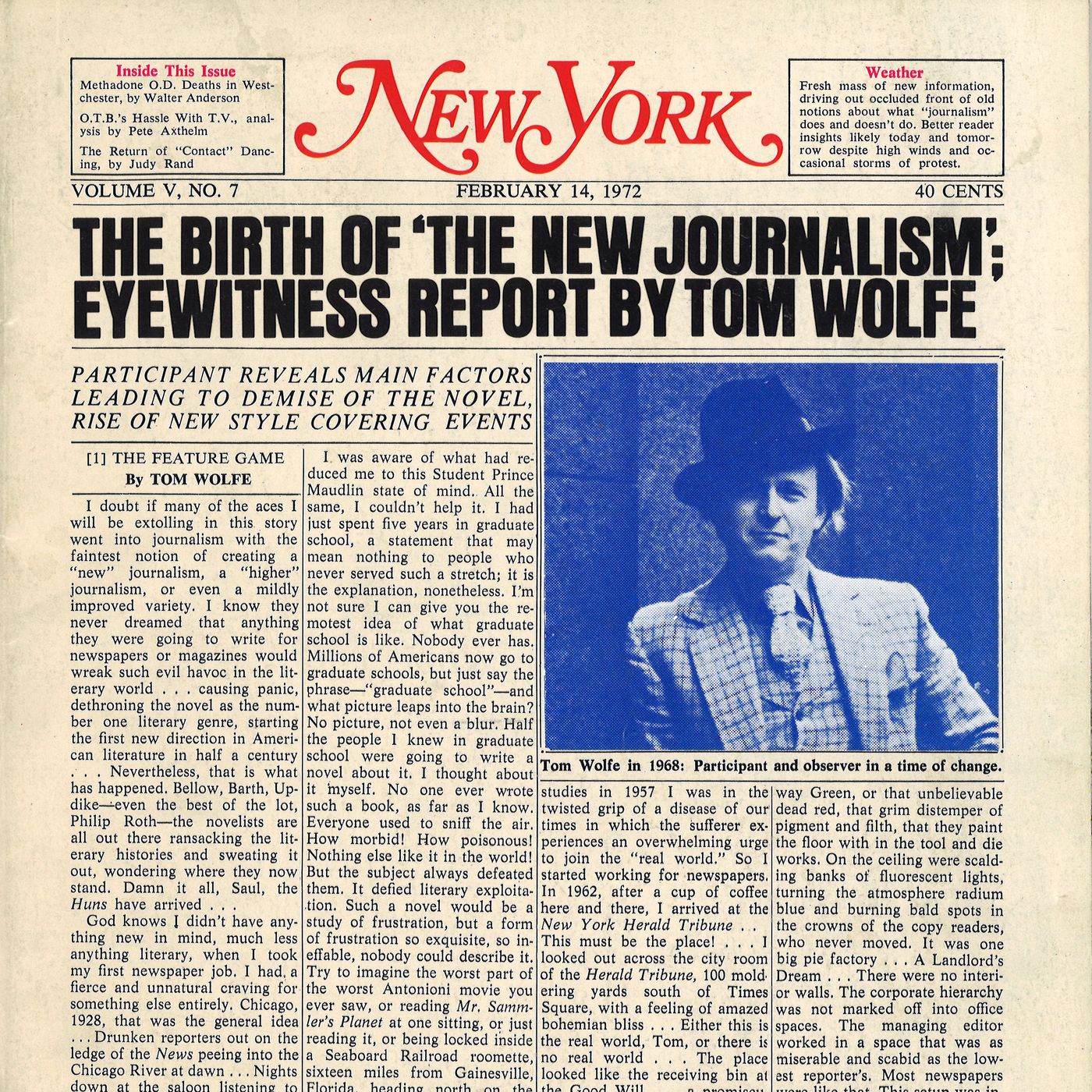What Does News Articles Mean?
What Does News Articles Mean?
Blog Article
Indicators on News Articles You Need To Know
Table of ContentsGetting The News Articles To WorkThe Ultimate Guide To News ArticlesGet This Report on News ArticlesSome Known Incorrect Statements About News Articles Indicators on News Articles You Should Know
Great knowledge of various subjects gives students a competitive side over their peers. Even though electronic and social networks are easily available, we should not fail to remember just how crucial it is to check out the newspapers. Parents have to attempt and inculcate the practice of reading a newspaper as a daily routine to continue the tradition of the revered print tool.News stories also contain at the very least one of the following important attributes relative to the intended target market: closeness, prestige, timeliness, human passion, oddity, or consequence.
Within these restrictions, information tales also intend to be comprehensive. Among the larger and much more reputable papers, fairness and equilibrium is a major element in offering details.
Papers with a global target market, as an example, have a tendency to utilize a much more formal design of composing. The particular options made by a news outlet's editor or editorial board are usually gathered in a design guide; common design guides consist of the and the US News Design Book. The primary objectives of information writing can be summed up by the ABCs of journalism: accuracy, brevity, and clearness.
The 7-Second Trick For News Articles
As a rule, reporters will not utilize a long word when a brief one will certainly do. News authors try to avoid using the exact same word much more than when in a paragraph (occasionally called an "echo" or "word mirror").
Headings occasionally leave out the topic (e.g., "Jumps From Boat, Catches in Wheel") or verb (e.g., "Pet cat female lucky"). A subhead (additionally subhed, sub-headline, subheading, caption, deck or dek) can be either a secondary title under the primary heading, or the heading of a subsection of the short article. It is a heading that precedes the primary text, or a group of paragraphs of the main text.

of a post topic, informant, or interviewee), it is referred to as a drawn quotation or pull quote. Added billboards of any of these types might show up later in the short article (particularly on succeeding pages) to attract further analysis. Journalistic sites a knockout post in some cases utilize computer animation techniques to exchange one billboard for an additional directory (e.g.
Facts About News Articles Revealed
Such billboards are also used as guidelines to the short article in other sections of the publication or site, or as advertisements for the piece in various other magazine or sites. News release of the Swiss government. Regular structure with title, lead paragraph (recap in bold), other paragraphs (details) and call details.

Instance of a hard-lead paragraph NASA is recommending another area project. The budget plan demands approximately $10 billion for the job.
An "off-lead" is the 2nd most important front page news of the day. To "bury the lead" is to start the short article with background details or details of secondary importance to the viewers, compeling them to read even more deeply right into a short article than they need to have to in order to uncover the essential factors.
Fascination About News Articles
Typical use click here for more is that or two sentences each create their own paragraph. Journalists generally explain the organization or structure of a newspaper article as an inverted pyramid. The important and most interesting components of a tale are put at the start, with sustaining details complying with in order of reducing significance.
It allows individuals to explore a topic to only the deepness that their curiosity takes them, and without the imposition of information or subtleties that they might take into consideration unimportant, yet still making that info offered to a lot more interested readers. The inverted pyramid framework also enables short articles to be cut to any kind of approximate length throughout format, to suit the room readily available.
Some authors start their tales with the "1-2-3 lead", yet there are lots of kinds of lead available. This style inevitably begins with a "Five Ws" opening up paragraph (as explained above), complied with by an indirect quote that offers to sustain a significant element of the first paragraph, and afterwards a straight quote to sustain the indirect quote. [] A twist can refer to numerous things: The last tale current broadcast; a "happy" story to end the program.
Longer write-ups, such as magazine cover articles and the items that lead the within sections of a newspaper, are recognized as. Feature stories vary from straight information in a number of methods. Foremost is the lack of a straight-news lead, most of the moment. As opposed to supplying the significance of a story up front, function writers might attempt to tempt readers in.
Fascination About News Articles
An attribute's first paragraphs commonly connect a fascinating minute or event, as in an "anecdotal lead". From the particulars of a person or episode, its view promptly expands to generalizations regarding the story's topic.

The Editor's Toolbox: A Reference Overview for Beginners and Professionals (2001) Allan M. Siegal and William G. Connolly. The New York Times Handbook of Design and Usage: The Authorities Design Guide Utilized by the Writers and Editors of the World's Many Reliable Newspaper (2002) M. L. Stein, Susan Paterno, and R.
Report this page